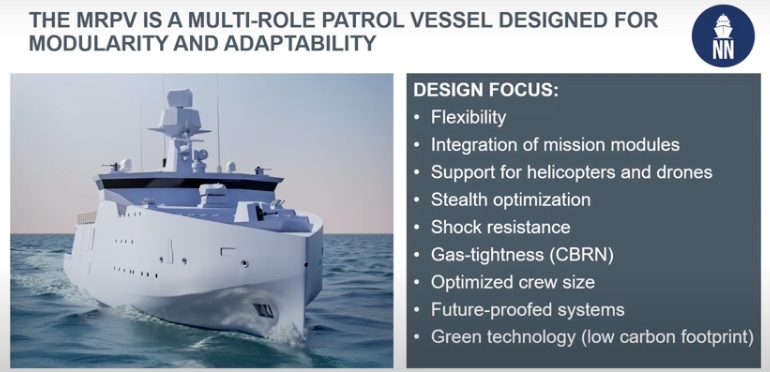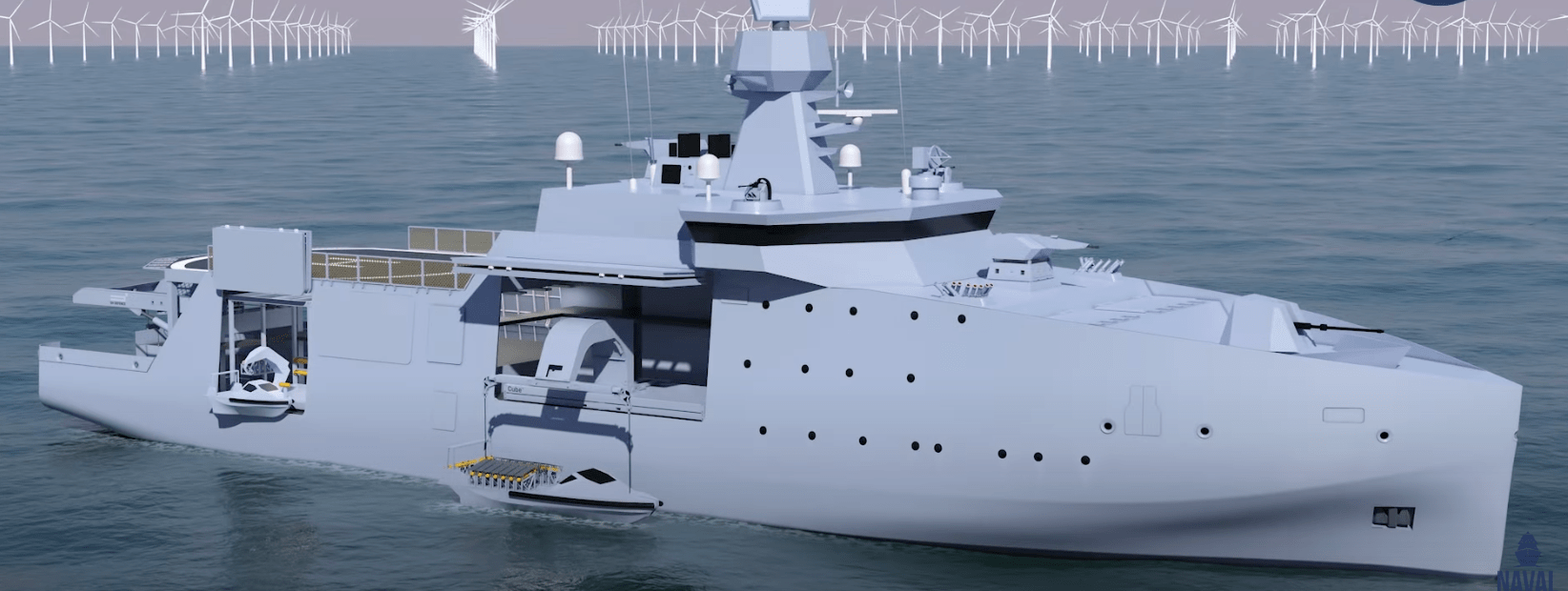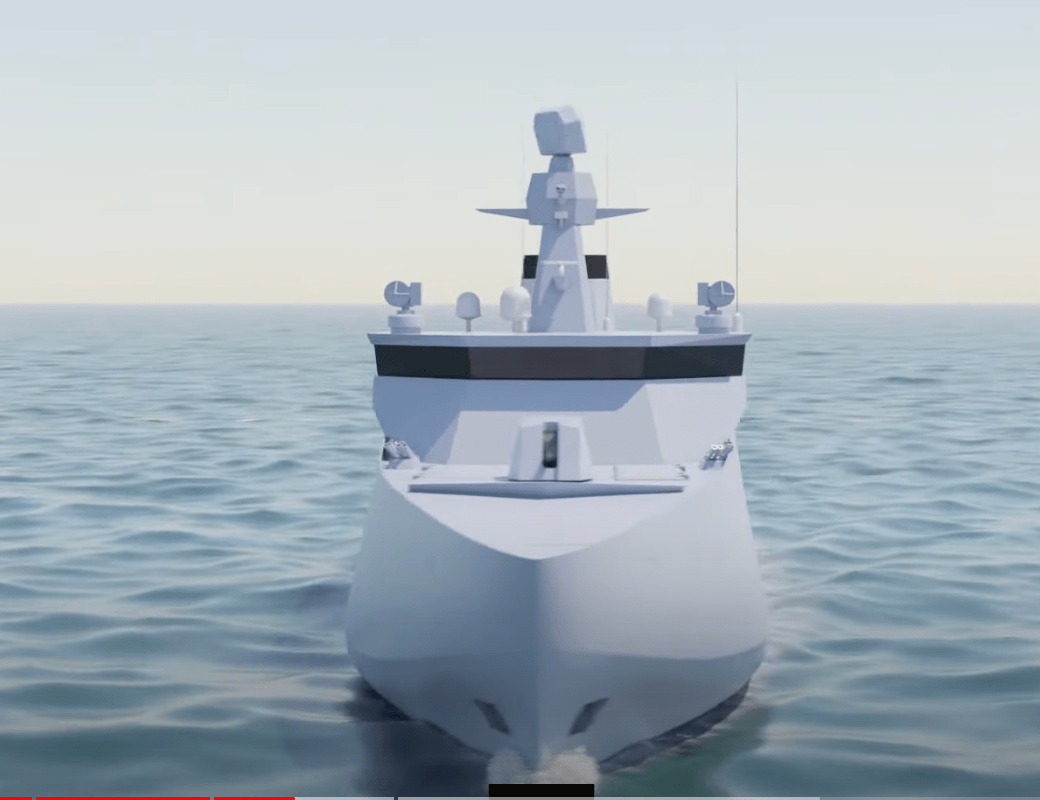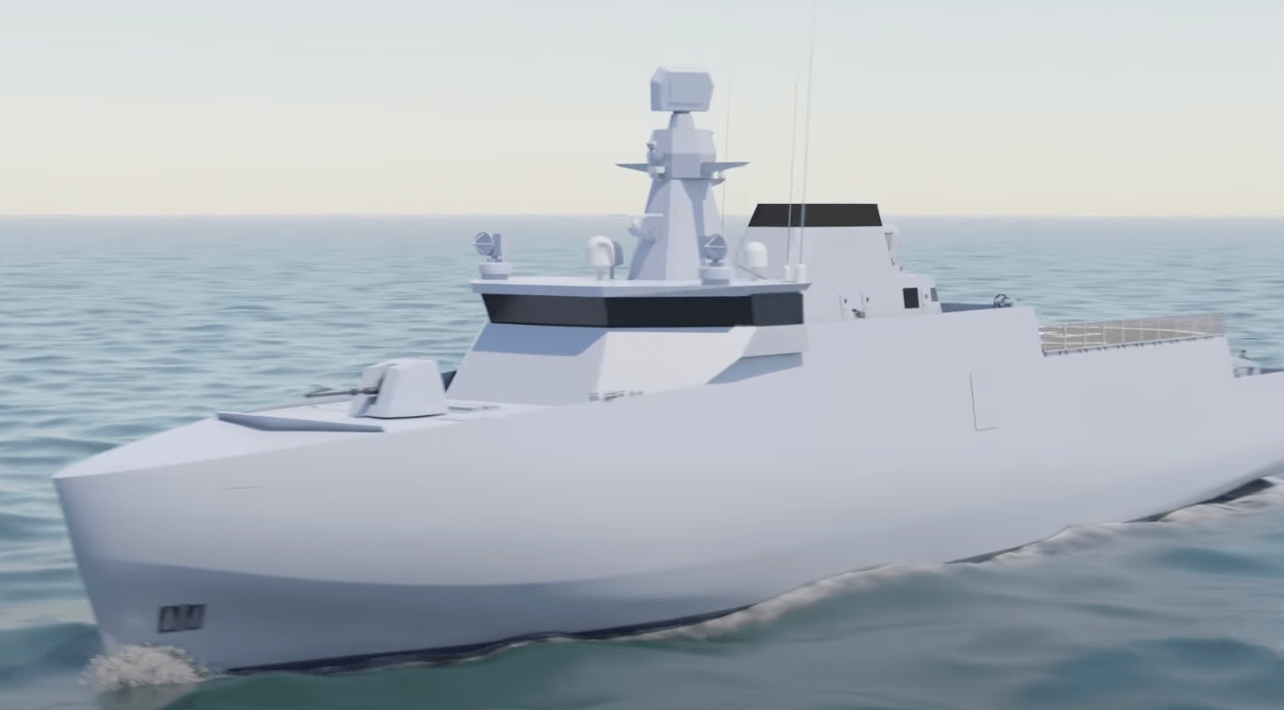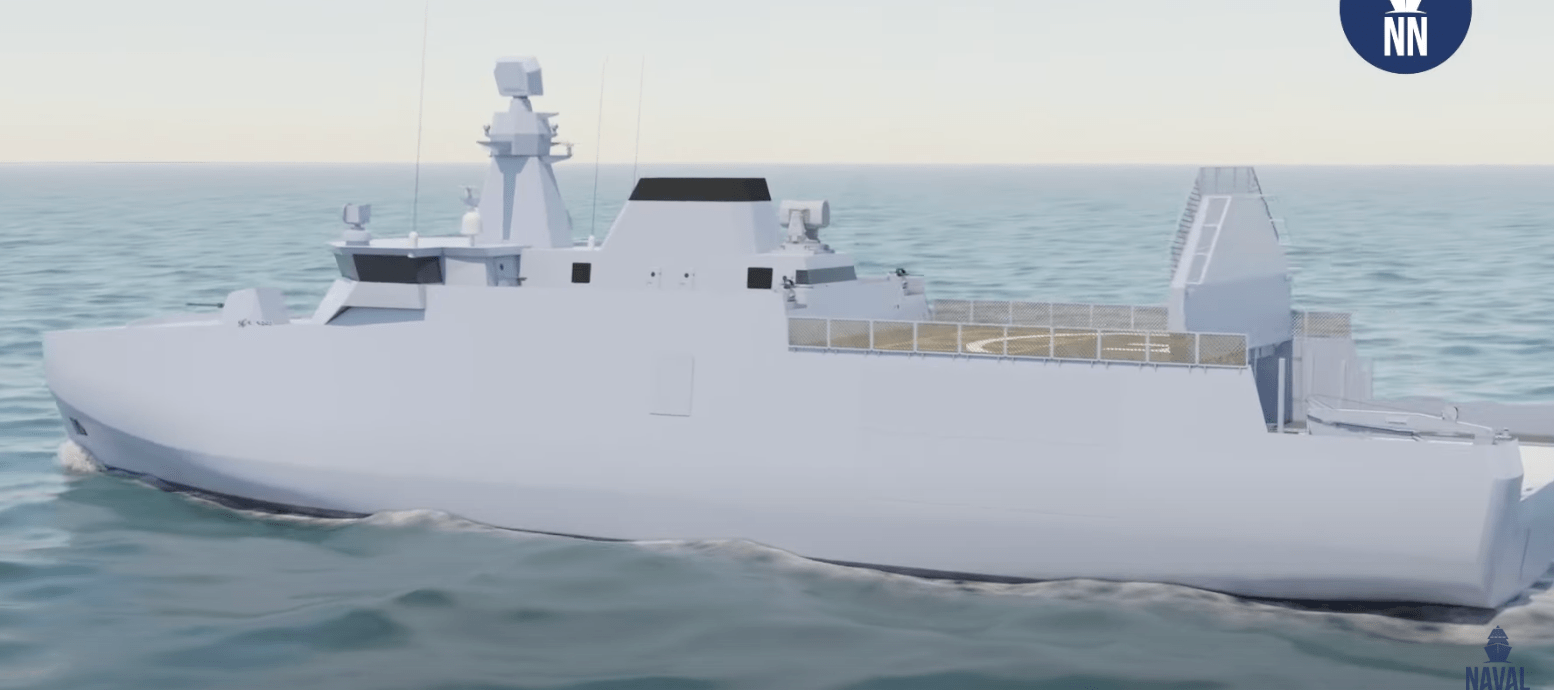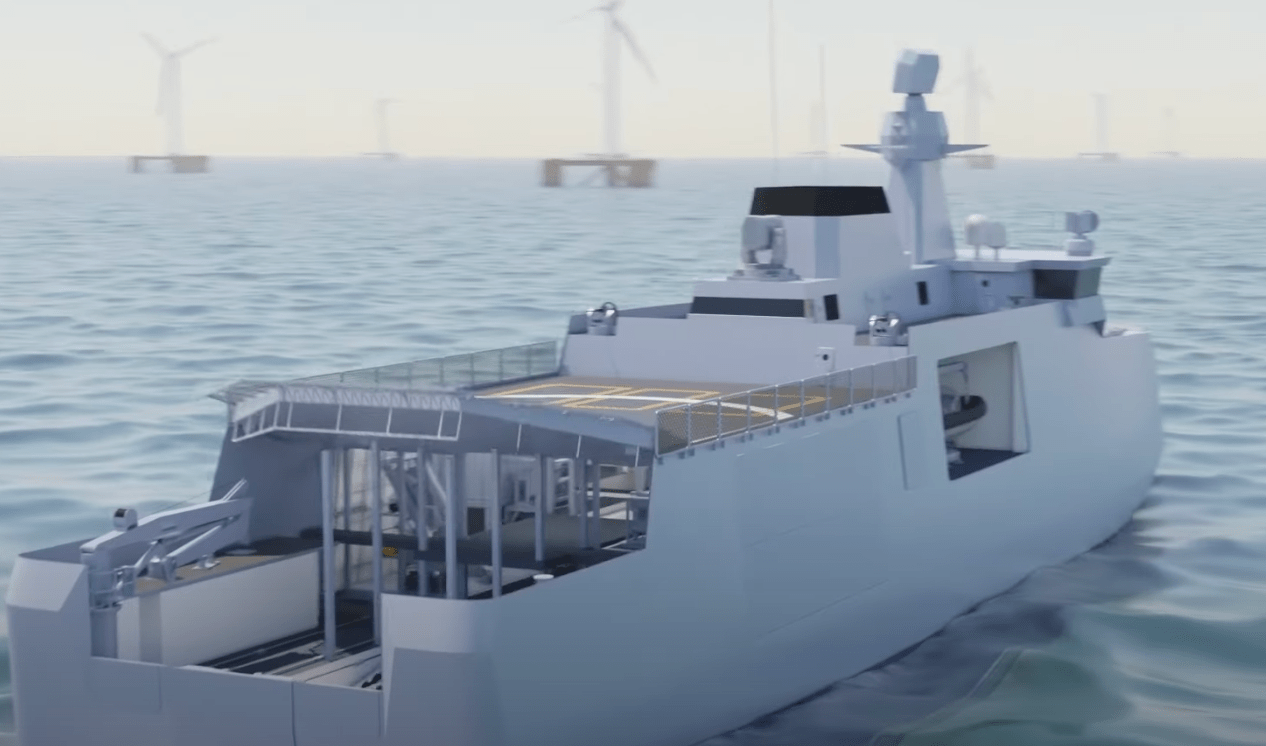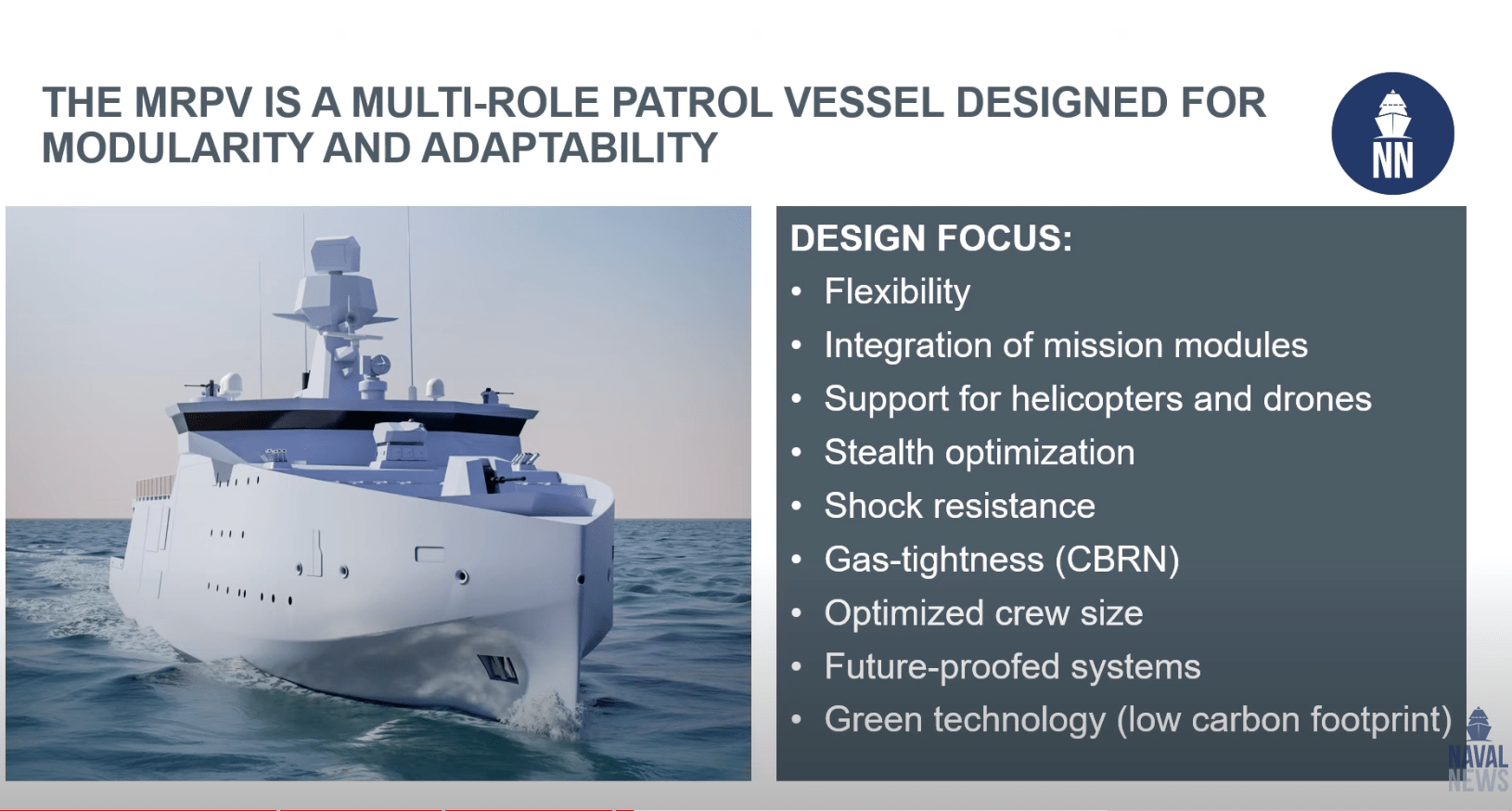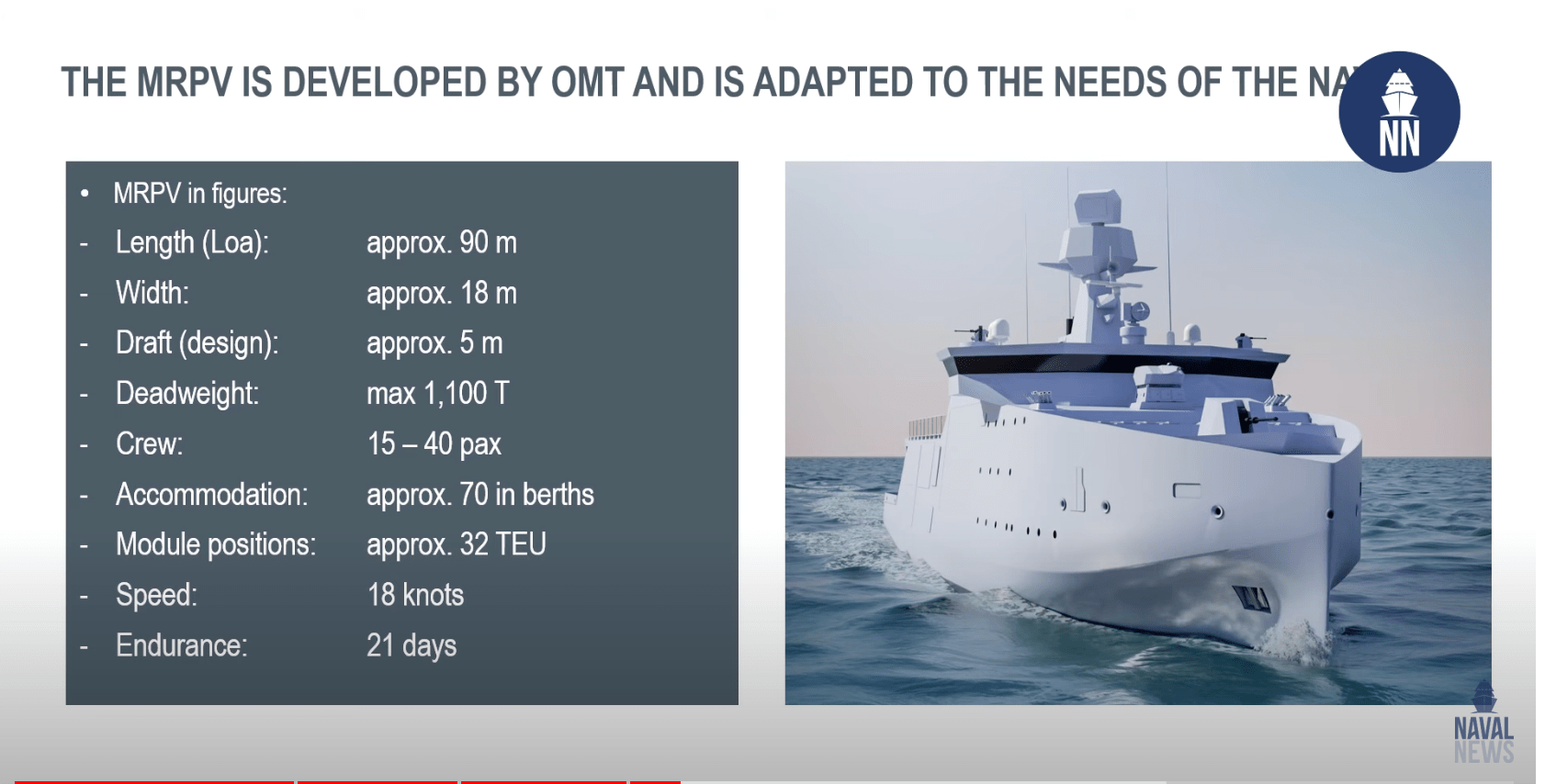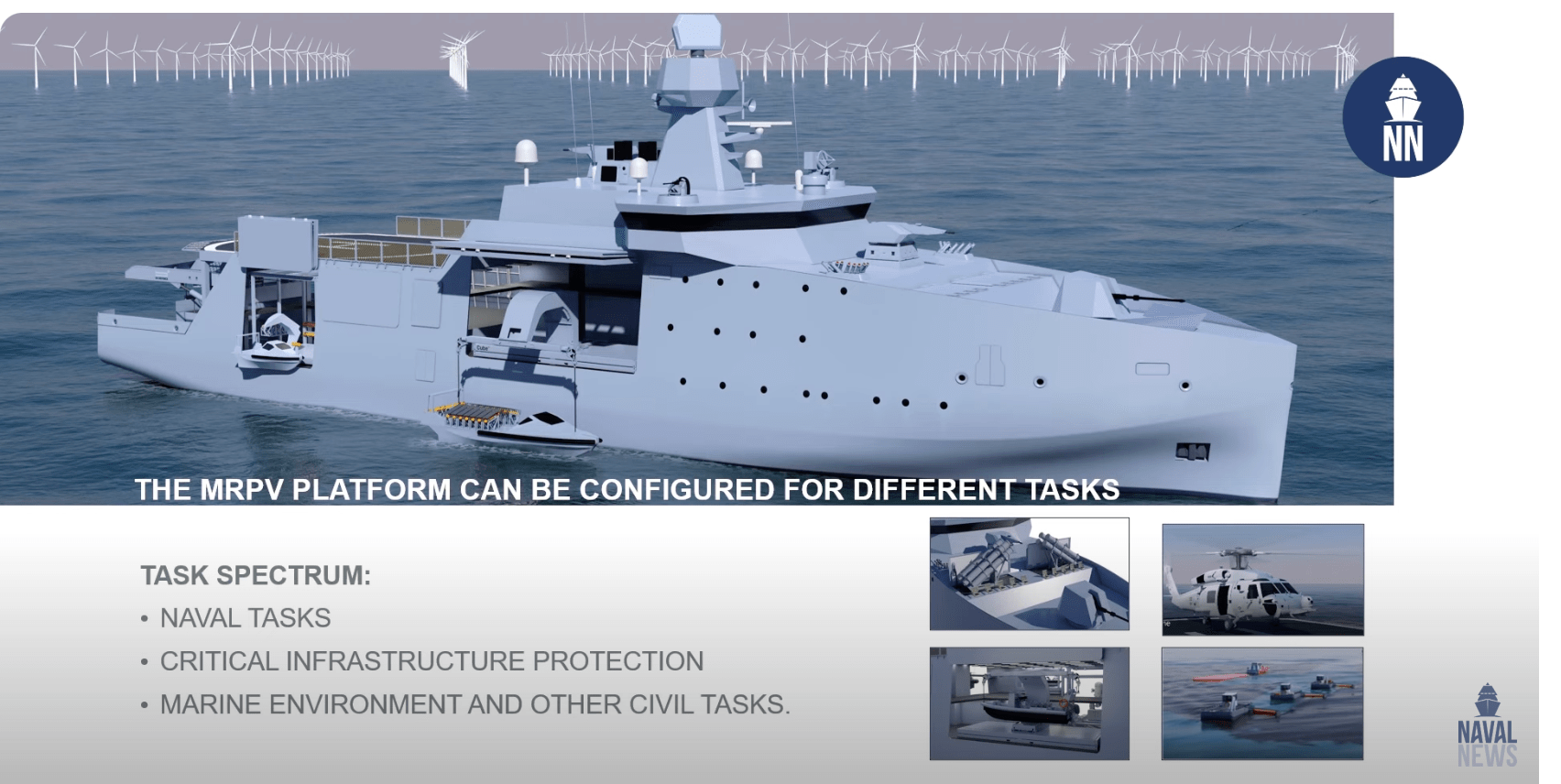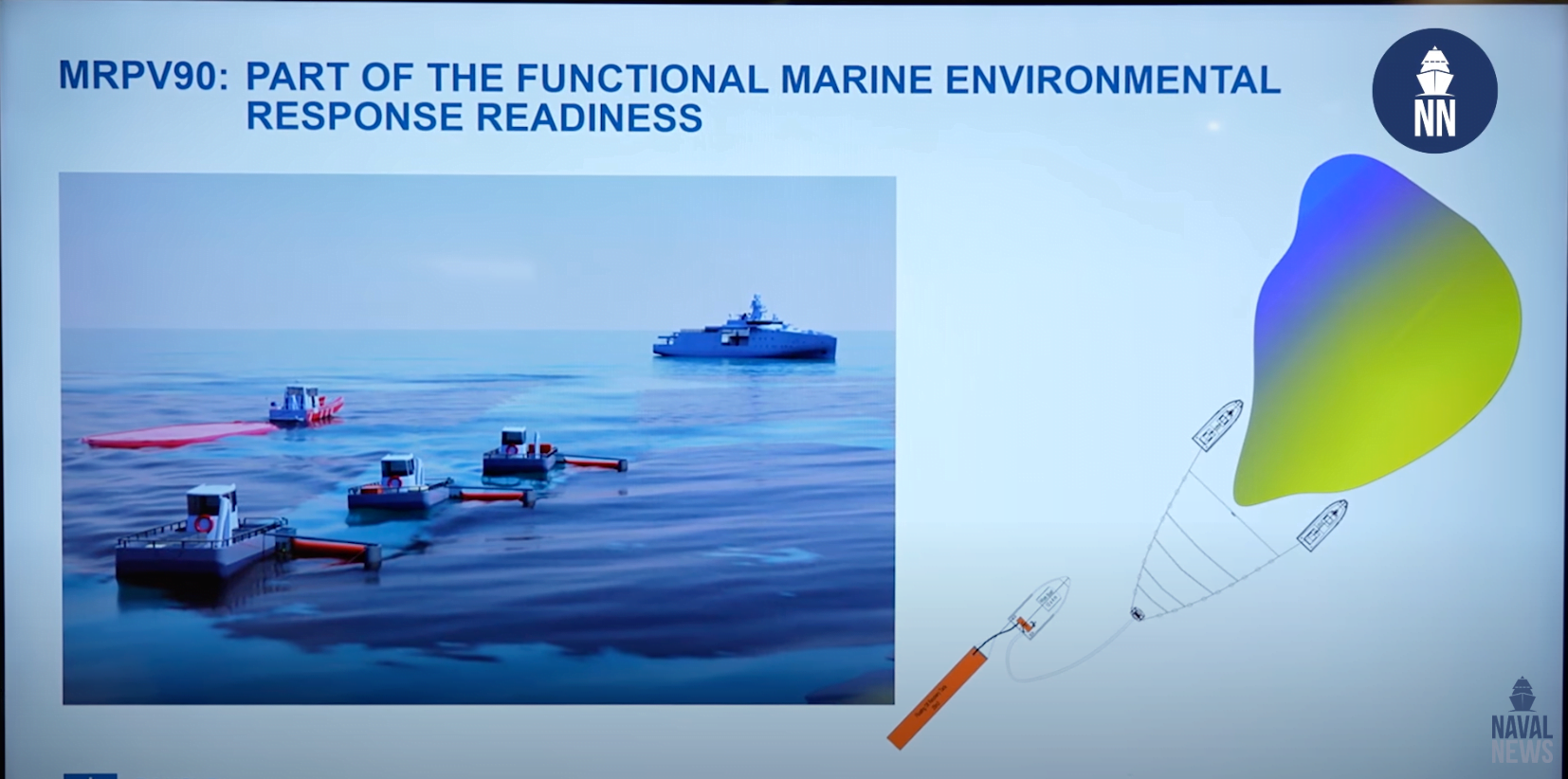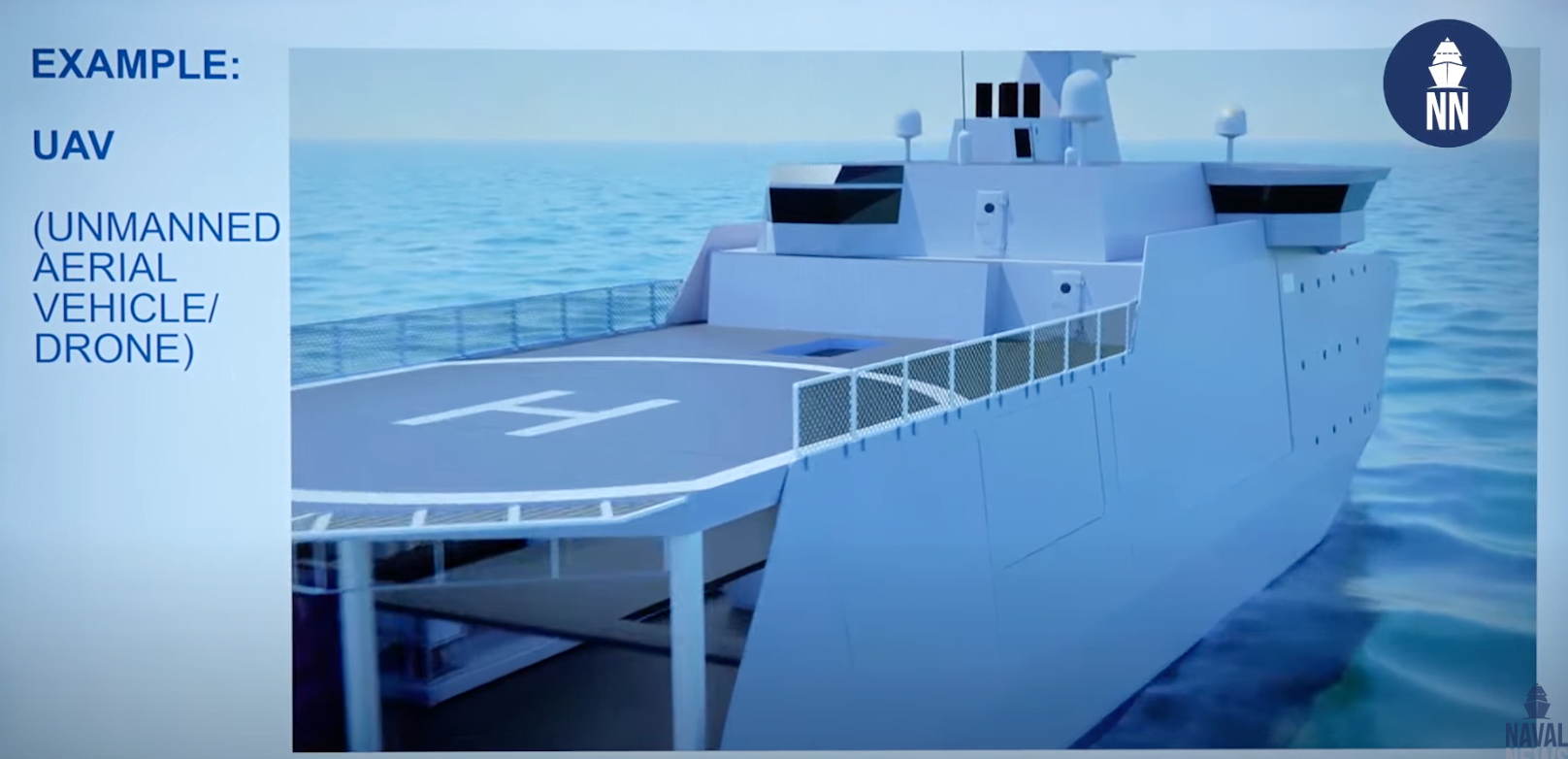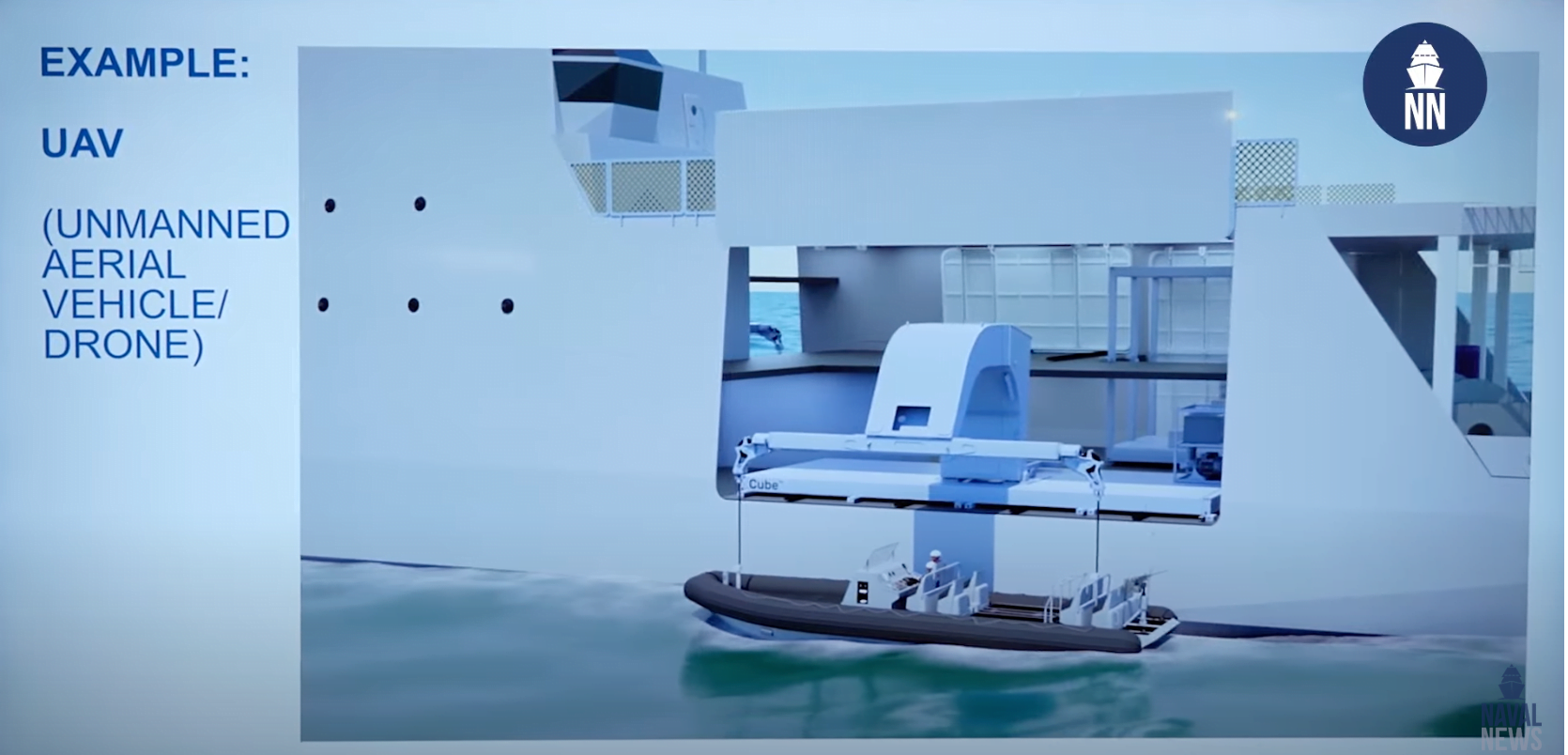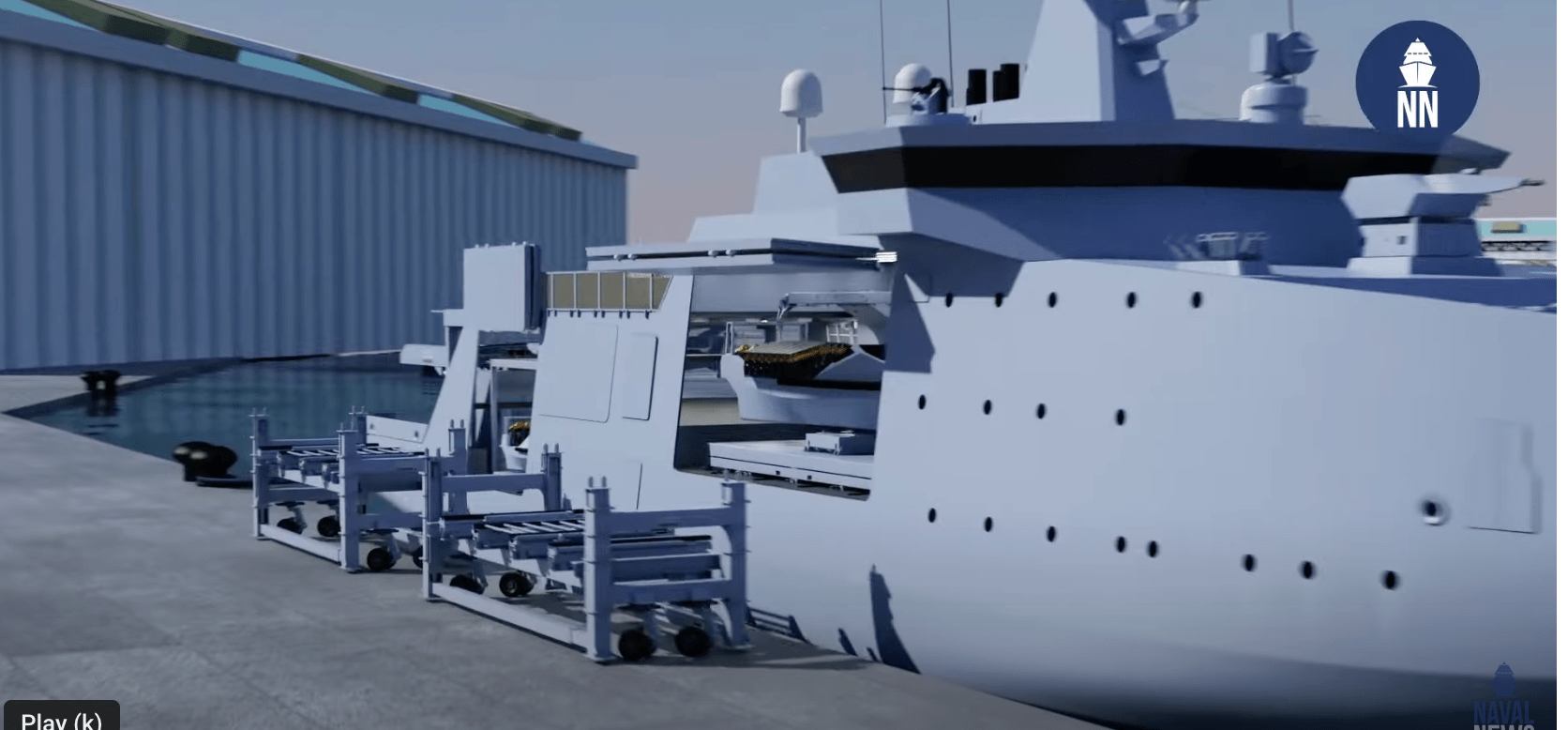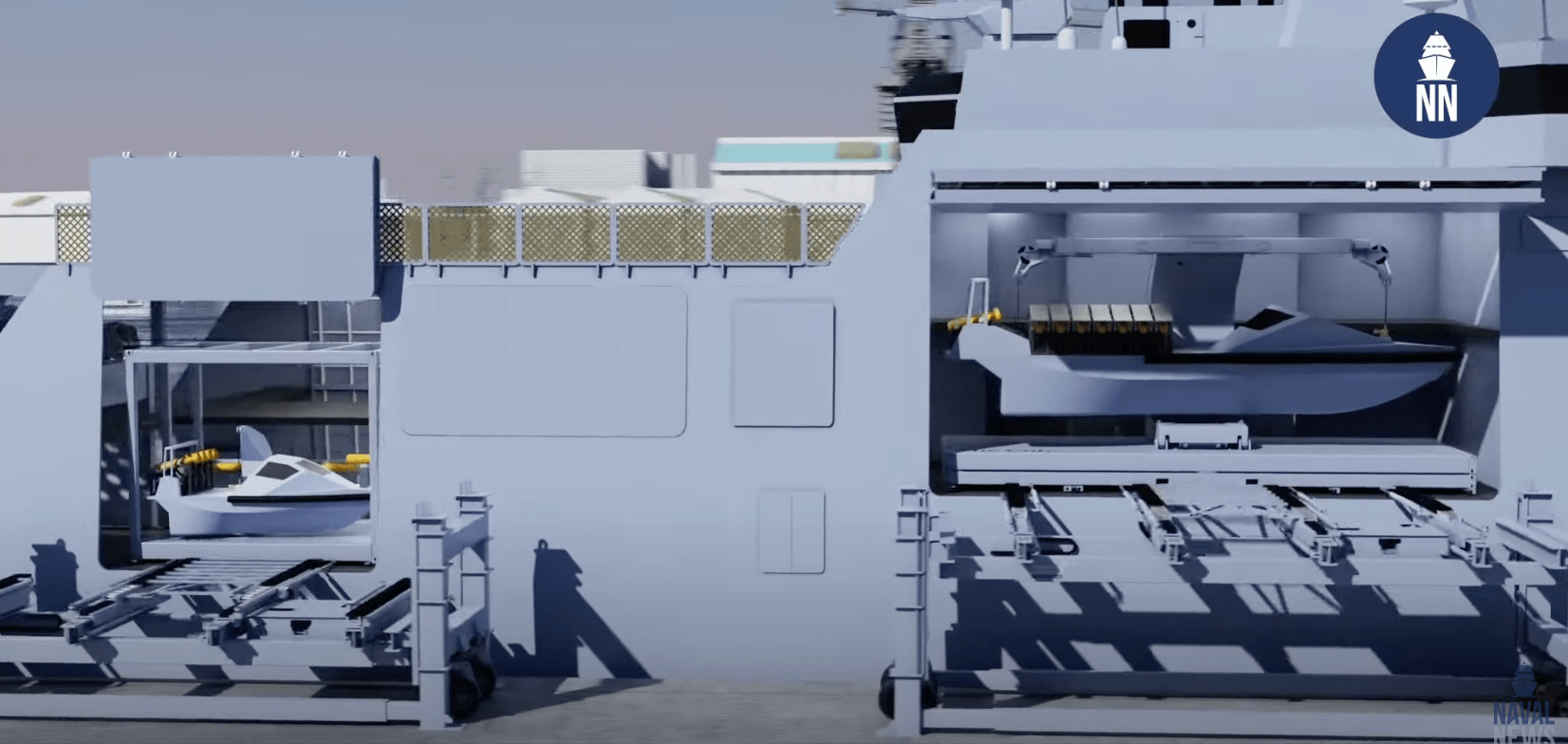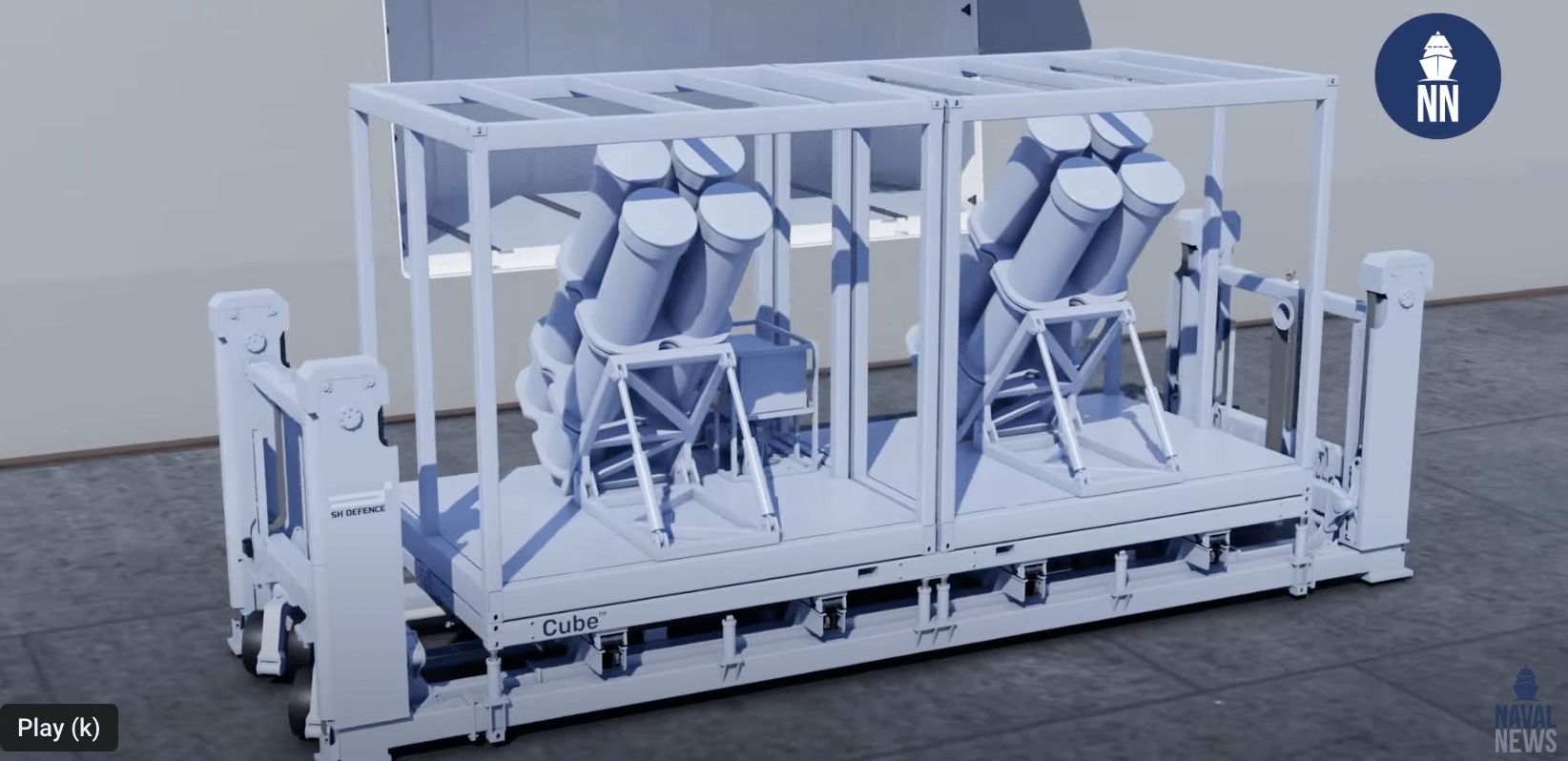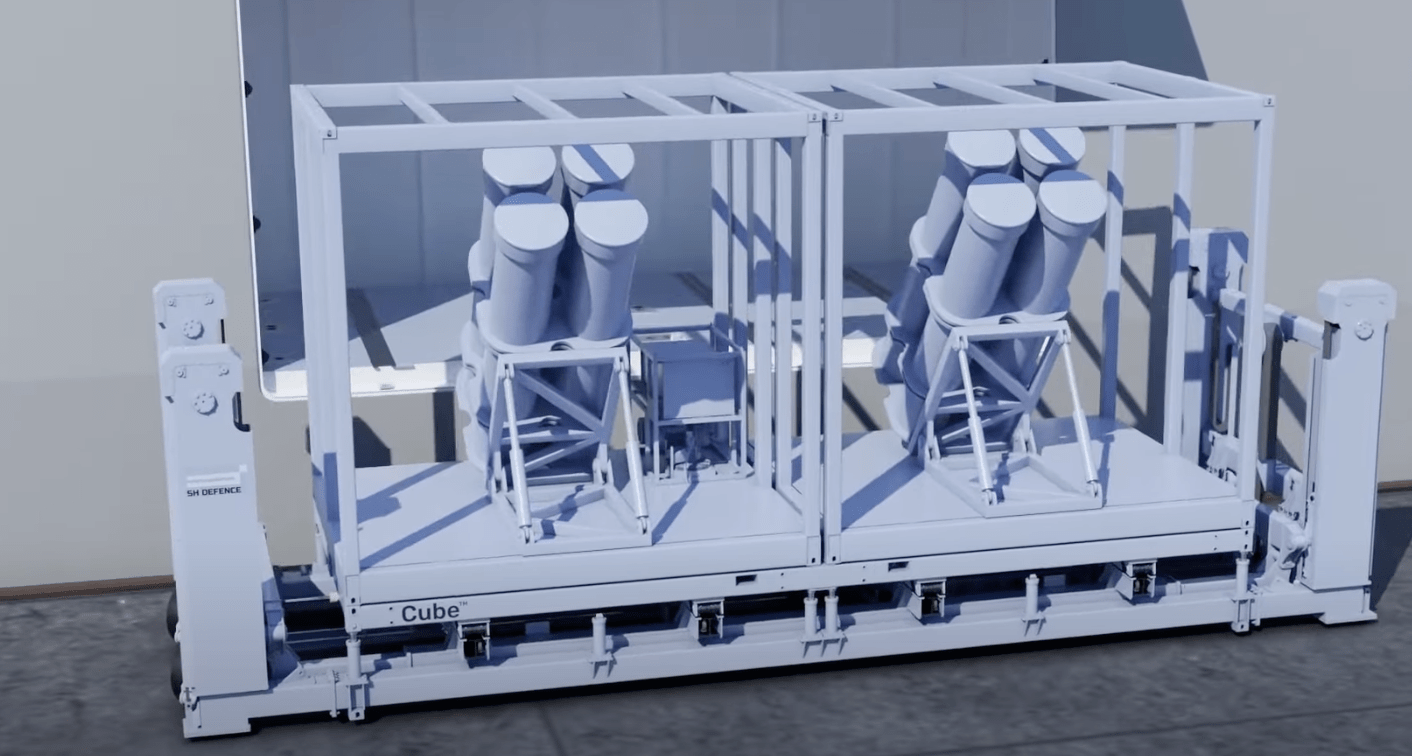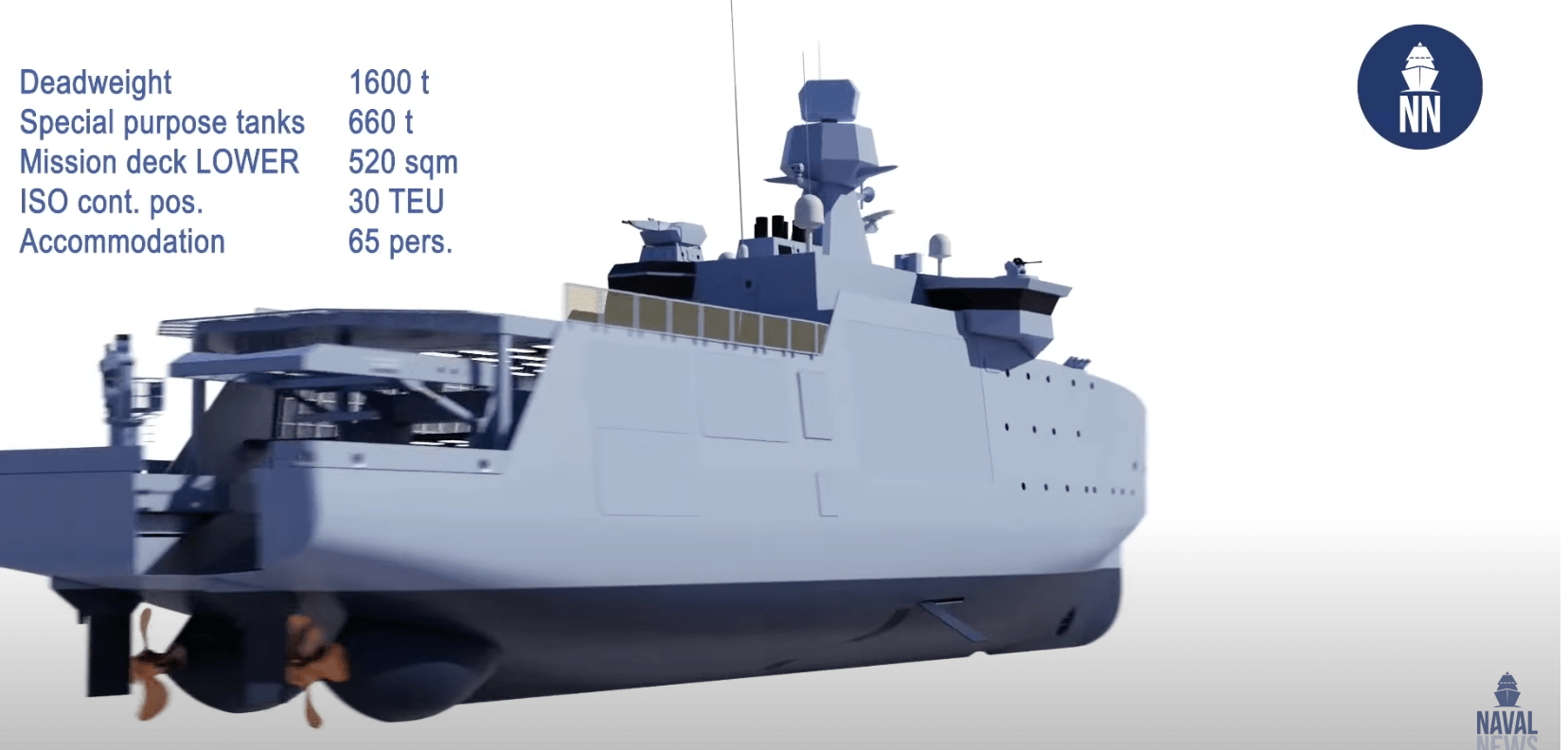By Robbin Laird
During my visit to the DSEI conference in London In September 2023, I spent a significant part of my time looking at a real revolution in ship building, maritime automated systems, and the payload revolution underlying the kill web.
I did this in large part by the opportunity to talk with Danish colleagues about their progress in building a next generation modular vessel. A key aspect of this effort was the opportunity to conduct a follow up interview with Rear Admiral Torben Mikkelsen who is Executive Director, Navy Programs, Defence Command, Denmark.
Since we last talked, the Danish government has gone ahead with the design and preparation for the first in class of the new modular ships.
In our last discussions, he described how the modular concept is being worked: “A key focus is upon the desired effects to be created, and the missions to be supported by the desired maritime payloads, rather than upon the platforms as the primary focus. The effects focus means that air and land capabilities which are integratable with maritime platforms is a key focus of attention as well in thinking about the operational ecosystem.
“Rear Admiral Mikkelsen underscored the importance of the following in my interview with him at the Euronaval meeting in October 2022: “What effects do we need to achieve? And how will sensors and the weapons as payloads on the fleet and in the force create those effects? How will autonomous systems play a role? How and where in our battlespace?”
The first ship in the new “mothership” class is a Multi Role Patrol Ship designed to operate in the Baltic and the North Sea. It is being built with a clear eye to building out other types of ships all able to operate common payloads to enable both operational flexibilities, and the possibility of a new approach to the arsenal of democracy.
With the modules being built around the standard 20- and 40-foot container dimensions, Mikkelsen argued that Denmark along with e.g. its Nordic allies, for example, could build modules in common which could be swapped across a wider fleet of modular ships.
This allows not only collaborative production across an allied production base but allows for rapid specialization by a particular ship on a mission by swapping in the relevant modules. And these modules could clearly be shared by nations in the area of operation.
If a similar concept is implemented in relation to future naval home guard vessels , the modules would be standardized and available for the kinds of missions which the Home Guard would most likely perform.
Autonomous systems will operate from these modules or in the case of UAVs from the decks of these ships. The first module ships built by Denmark used modules that met Danish specs; this generation will be built using the standard specs built around standard 20- 40-foot dimensions.
This can trigger a global shift in standardization which allied negotiators have rarely achieved. Standardization of modules and systems to be placed in 20- or 40-foot containers can provide a significant opening to shaping an allied arsenal of democracy, of a kind that simply does not exist now. “Standardization and adaptability could become a reality to a much larger degree than we traditionally have thought about”, Mikkelsen said.
Another way to look at the build approach is to understand the focus is upon significantly enhancing the % of the ship which can deliver security and defense loads as compared to a traditional combat ship.
By building a wide-beam ship, which is being continued from the flex class and the trend nowadays, there is the opportunity with modular standardization to enhance significantly the payloads carried on the particular ship within the overall approach to building a mothership class of ships.
Rear Admiral Torben Mikkelsen argued that the approach allows an ability to deal with the spectrum of security and military operations which underlay maritime deterrence.
“In terms of payloads, we are looking at the mix of capabilities needed in peacetime and through the process of fighting a war. We need to create adaptability on the platform; we need to plan for payload innovation and the ability to upgrade rapidly the capability of the ship as a means to operate the relevant payloads to the operation needed.
“By working with standardized modules one can design weapons, sensors, and systems to be carrier in those modules. They can be handled in ports around the world, and racked and stacked. This allows nations to share payloads and to support one another in a crisis.”
The ship is a “mother ship” not just because it is operating with flexible payloads but because it is being built to take full advantage of the autonomous system revolution. It will be able to operate UAVs, USVs, UUVs, and other AI enabled elements.
And according to Mikkelsen: “We will focus as well on how we might be able to operate the ship itself remotely in terms of extreme danger as well.”
Note: A video recently produced by Naval News concerning the future Multi Role Patrol Ship of the Royal Danish Navy highlights some key aspects of the first ship of the new class. I have clipped some screenshots to highlight how to visualize the new ship and its approach to modularity.
Here is an interview by Naval News with Rear Admiral Torben Mikkelsen which focuses on the new ship.


